Sexy Fashion: When Can It Be Considered Sexy and Not Kitsch?
Sexy fashion has long been a captivating and dynamic element of the broader fashion landscape. Tracing its roots back to various eras, from the corseted elegance of the Victorian period to the bold and risqué styles of the Roaring Twenties, sexy fashion has continuously evolved. It reflects not only the changing societal norms but also the growing emphasis on personal expression and confidence.
In contemporary fashion, the concept of sexy fashion has become more nuanced and versatile. Modern interpretations go beyond mere exposure to integrate aspects that are subtle yet profoundly impactful. This includes the use of luxurious fabrics, intricate detailing, and form-flattering silhouettes that enhance the wearer’s natural allure without descending into kitsch or tastelessness. The goal here is not just to attract attention but to create a statement of empowerment and elegance.
The significance of sexy fashion in today’s world cannot be overstated. It serves as a powerful tool for individuals to communicate their unique identities and to assert their confidence. Whether through a daring evening gown, a tailored suit, or even a simple but evocative ensemble, sexy fashion allows individuals to feel both attractive and authentic.
It is crucial, however, to maintain a balance. Sexy fashion, when executed with taste and consideration, elevates the wearer’s aesthetic appeal. The fine line lies in avoiding garishness; what could be deemed sexy should never compromise class or sophistication. Thoughtfully designed pieces that accentuate without overwhelming are key to achieving this delicate balance, ensuring the look remains alluring yet dignified.
This nuanced approach to sexy fashion highlights its role as more than just a fleeting trend. Rather, it is a meaningful aspect of the fashion world that continues to inspire and empower, always striking the perfect harmony between allure and refinement.

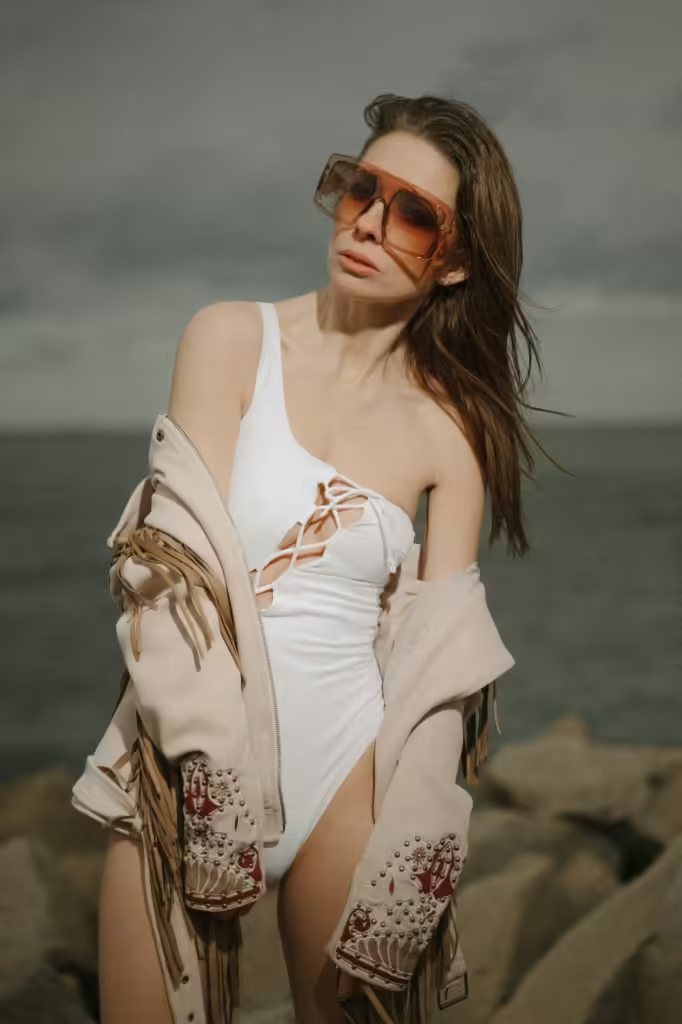
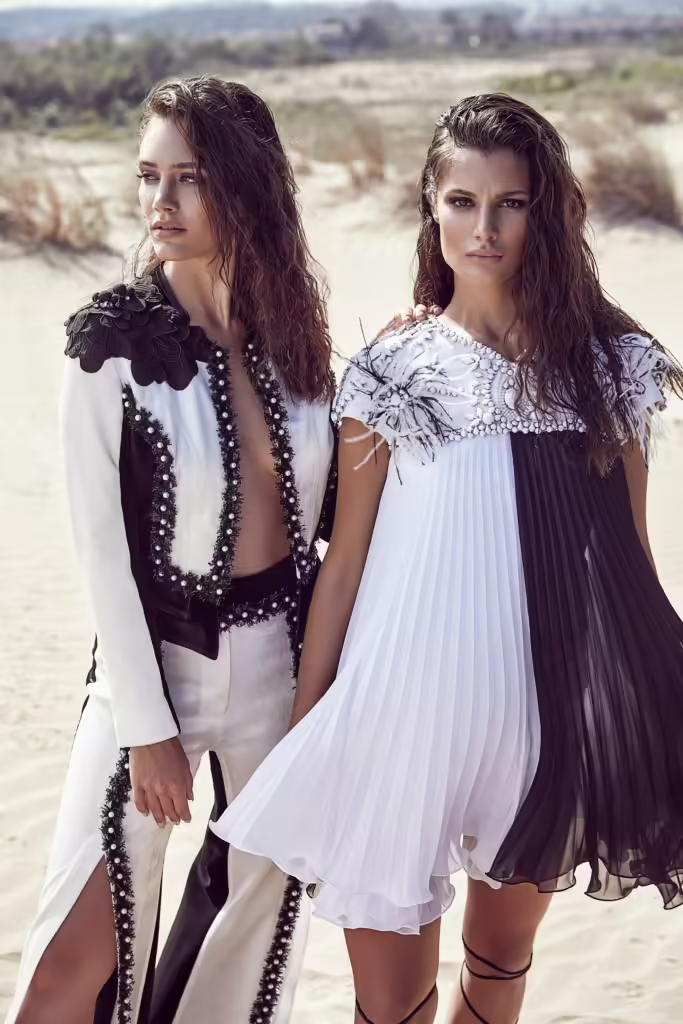
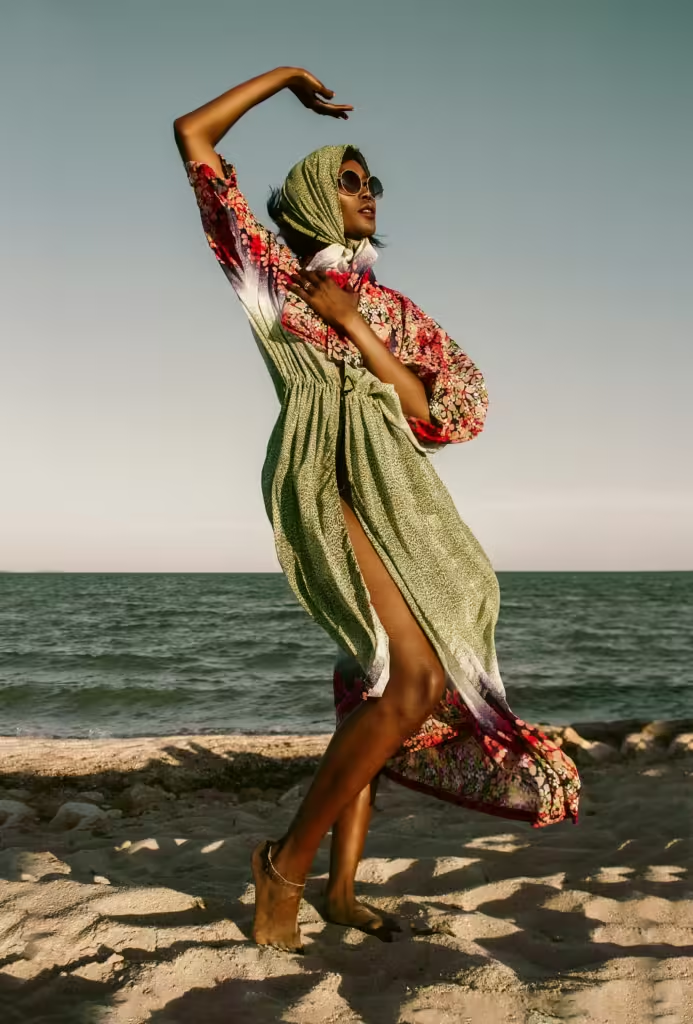
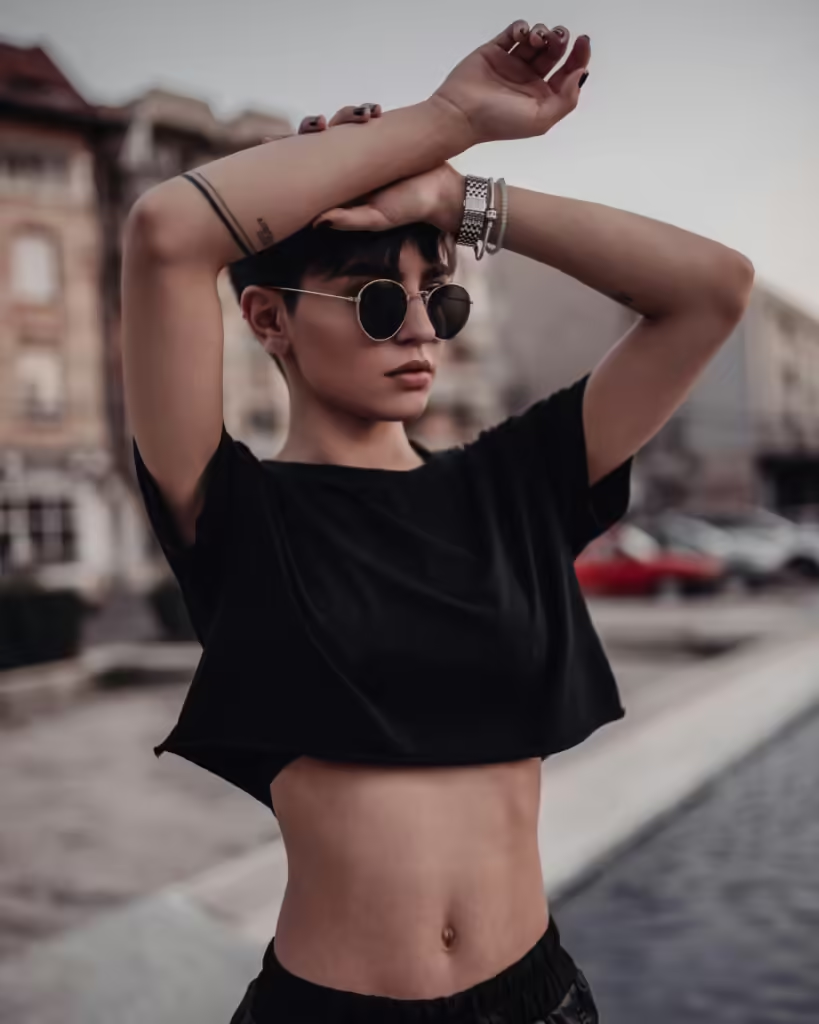
Defining Sexy vs. Kitsch
The realm of sexy fashion is a nuanced landscape where distinctions between what is considered stylishly provocative and what veers into kitsch are often subtle yet significant. The demarcation between sexy and kitsch hinges on several core characteristics, including elegance, sophistication, and the quality of materials.
Elegance in fashion is the bedrock that supports the notion of being sexy. An outfit deemed elegant typically exhibits refined lines and a harmonious balance, avoiding excessive elements that can appear gaudy. For instance, a classic little black dress made from high-quality fabric and paired with understated jewelry exemplifies sophistication. On the other hand, an outfit overloaded with rhinestones, flashy patterns, and cheap materials often crosses into kitsch.
Sophistication entails a sense of taste that not only embraces sexuality but does so with an air of grace and restraint. Take the garments often seen in high fashion runways—where bold cuts and daring designs showcase a confident allure without losing touch with artistry. Contrast this with ensembles featuring garish colors and over-the-top accessories; the latter may grab attention but at the expense of taste, thus entering the kitsch zone.
The quality of materials further delineates the sexy from the kitsch. Luxurious fabrics such as silk, satin, and fine lace contribute significantly to an outfit’s allure. In everyday wear, a well-fitted silk blouse paired with tailored trousers can exude a sensuous appeal owing to the quality of the fabric and the excellence in the cut. Conversely, fabrics that appear or feel cheap, such as tacky polyester blends, diminish the overall impact, negating a look from chic to garish.
Examples from everyday wear effectively illustrate this distinction. A pair of high-heeled shoes in quality leather can elevate a simple outfit to something undeniably sexy, whereas over-the-top stiletto boots in synthetic materials plastered with excessive embellishments may sidestep into kitsch territory.
Ultimately, the fine line between sexy and kitsch in fashion is drawn by a blend of taste, elegance, sophistication, and material quality. The interplay between these elements decides whether an outfit captures timeless allure or falls prey to transient gaudiness.
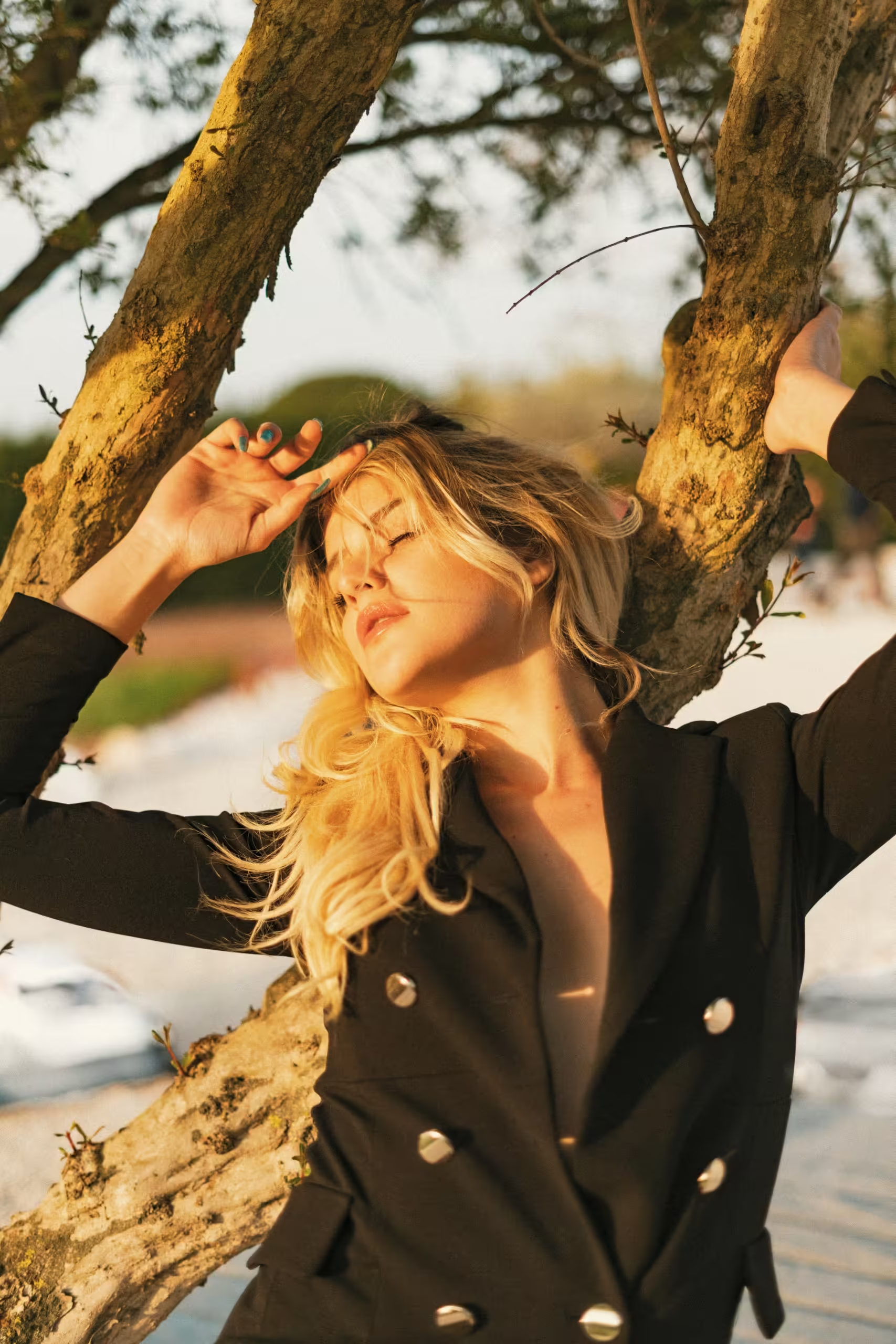
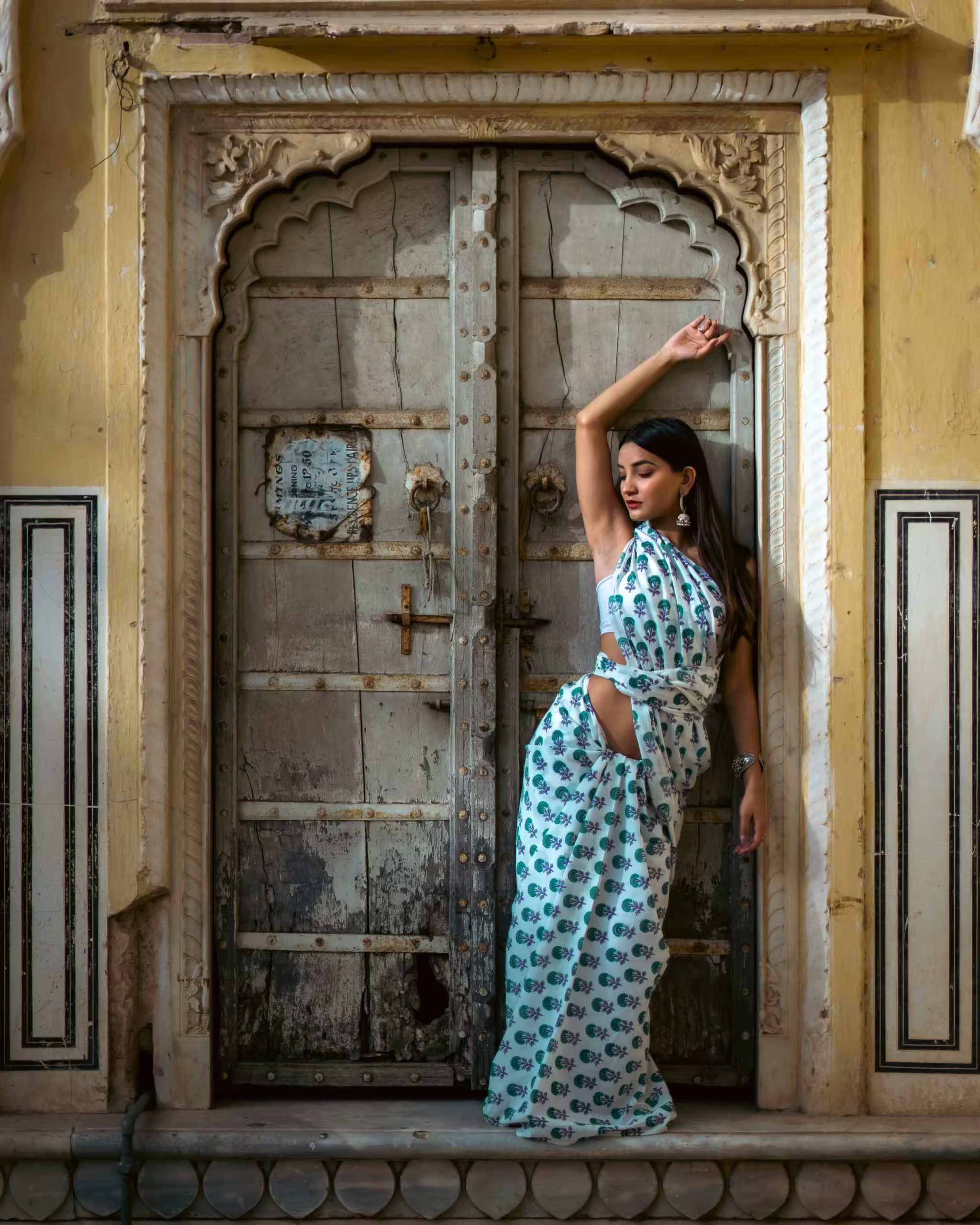
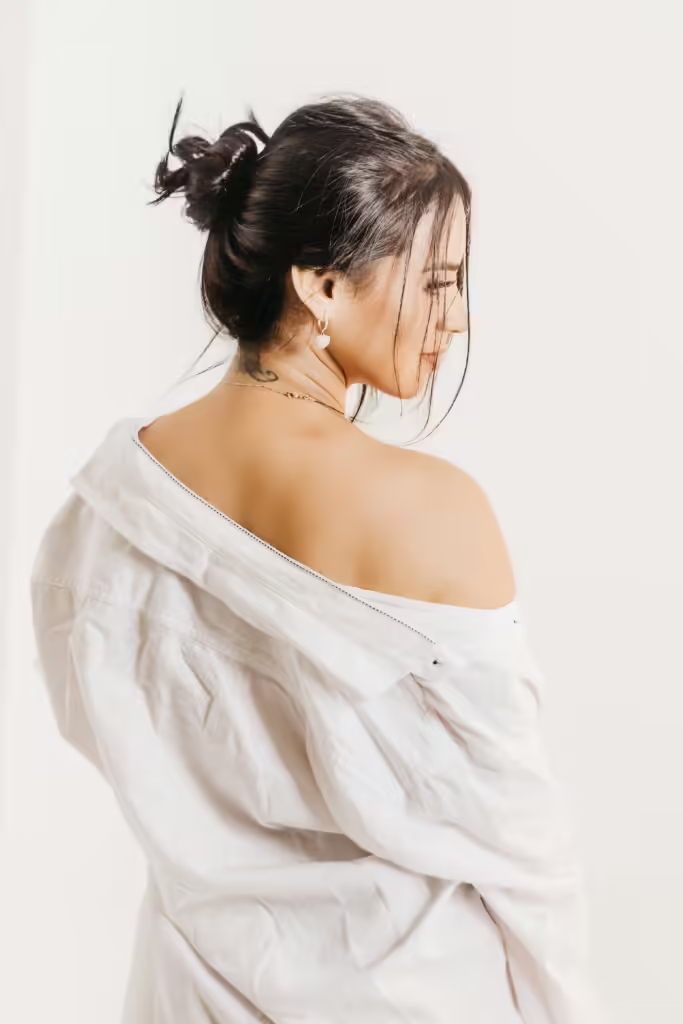

Historical Perspectives on Sexy Fashion
The concept of what qualifies as ‘sexy’ in fashion has undergone significant transformation throughout history. In the early 20th century, women’s fashion began to challenge societal norms, leading to the flapper dresses of the 1920s. With their shorter hems and more revealing forms, these dresses symbolized a newfound freedom and sense of boldness. The revolutionary designs of Coco Chanel further shaped this era, evolving from constrictive corsets to more comfortable yet elegant silhouettes.
Fast forward to the 1950s, the hourglass figure epitomized by celebrities such as Marilyn Monroe became the benchmark for sexy fashion. Designers like Christian Dior introduced the “New Look” emphasizing cinched waists and fuller skirts, which exuded a sense of femininity and allure. This decade embraced voluptuousness as an essential aspect of attraction.
The 1960s and 1970s witnessed a dramatic shift once again, with the rise of mini-skirts and more liberated forms of expression. Fashion designers like Mary Quant and influential figures like Twiggy popularized these trends, celebrating youthful exuberance and daring styles. The 70s continued this trend with the sexual revolution bringing an acceptance of more provocative attire.
In the 1980s, the perception of sexiness in fashion shifted toward power dressing, characterized by bold colors, shoulder pads, and body-hugging silhouettes. Designers like Versace and Jean-Paul Gaultier played pivotal roles during this time, offering creations that combined glamour with a sense of strength and confidence. High-profile celebrities such as Madonna also had a significant influence, pushing boundaries with their eclectic and unapologetically daring fashion choices.
Moving into the 1990s and 2000s, the fashion industry continued to evolve, embracing minimalism and more tailored looks. Iconic figures like Kate Moss and designers such as Tom Ford redefined sexy fashion by opting for sleek, sophisticated styles, proving that allure lies in subtlety as much as in boldness. This era showed a blend of haute couture with practical wearability, illustrating the versatility of what can be considered sexy.
The historical journey of sexy fashion highlights how societal attitudes and cultural influences continuously reshape what is deemed attractive and desirable. From elaborate designs to more straightforward, modern approaches, fashion remains a dynamic reflection of evolving concepts of beauty and sexuality. By examining these historical shifts, we can better appreciate the diversity and richness of sexy fashion throughout the ages.
Current trends in sexy fashion have evolved significantly, influenced by the innovative visions of contemporary designers and brands. Today’s approach to sexy fashion is marked by a refined balance between allure and sophistication. The most popular styles often lean towards subtlety and elegance, using strategic cutouts, sheer fabrics, and form-fitting silhouettes to create an aesthetic that is both alluring and tasteful.
Popular Styles
One of the standout styles is the resurgence of the slip dress. Characterized by its minimalistic design, smooth fabric, and close fit, the slip dress has been embraced by many high-end designers for its seamless blend of simplicity and seduction. Another trending style is the cutout dress, which masterfully balances skin exposure with demure coverage, making it a staple in contemporary sexy fashion collections.
Fabrics
The choice of fabric plays a crucial role in defining sexy fashion. Sheer fabrics like chiffon and organza are frequently used to create an ethereal and delicate appearance. Satin, with its glossy surface and fluid drape, remains a classic choice for its ability to highlight the body’s natural curves. Lace continues to be a favorite for adding a touch of romanticism and sophistication to any garment.
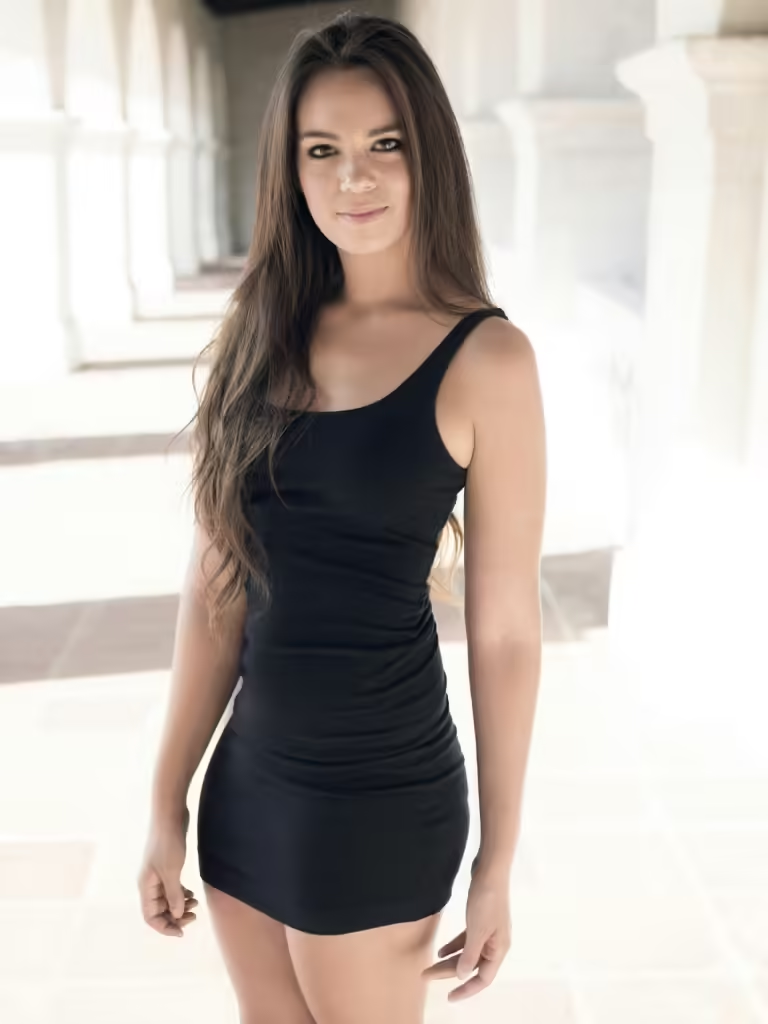

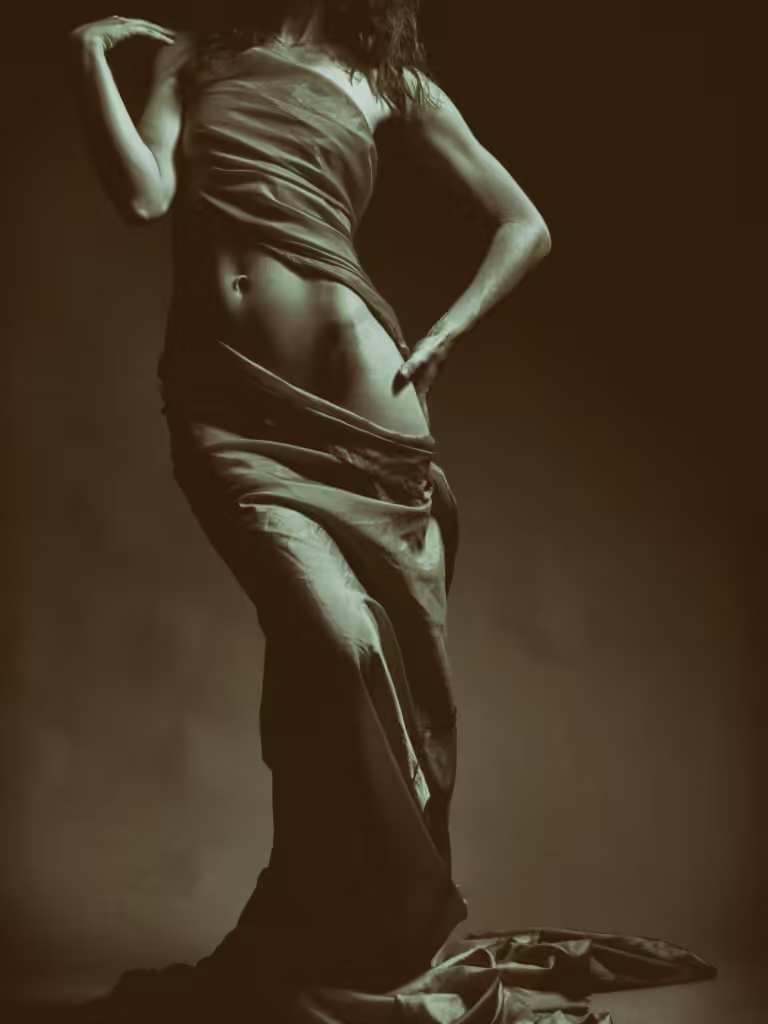
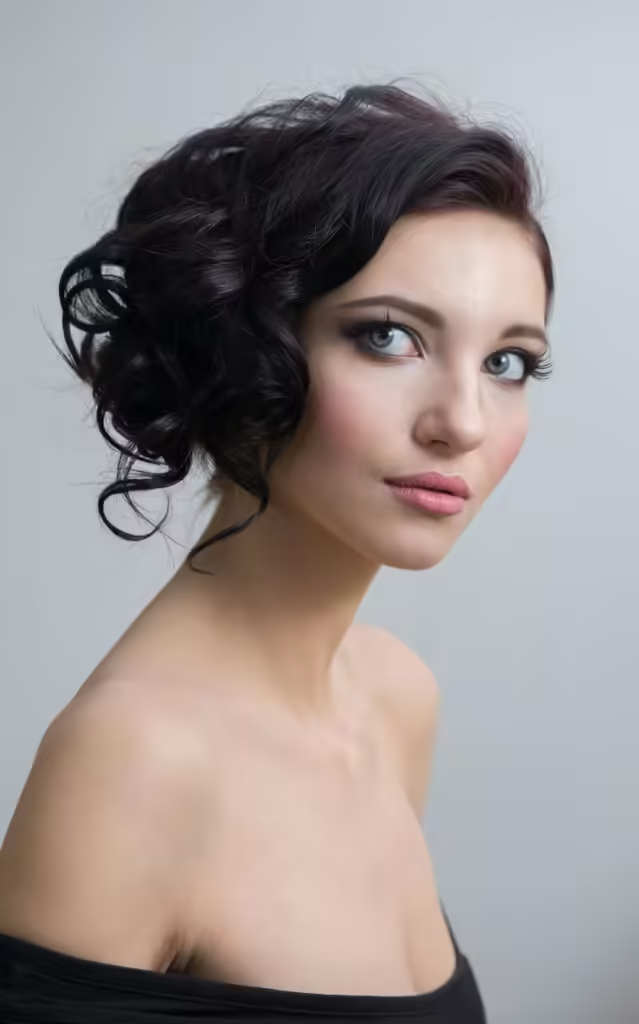
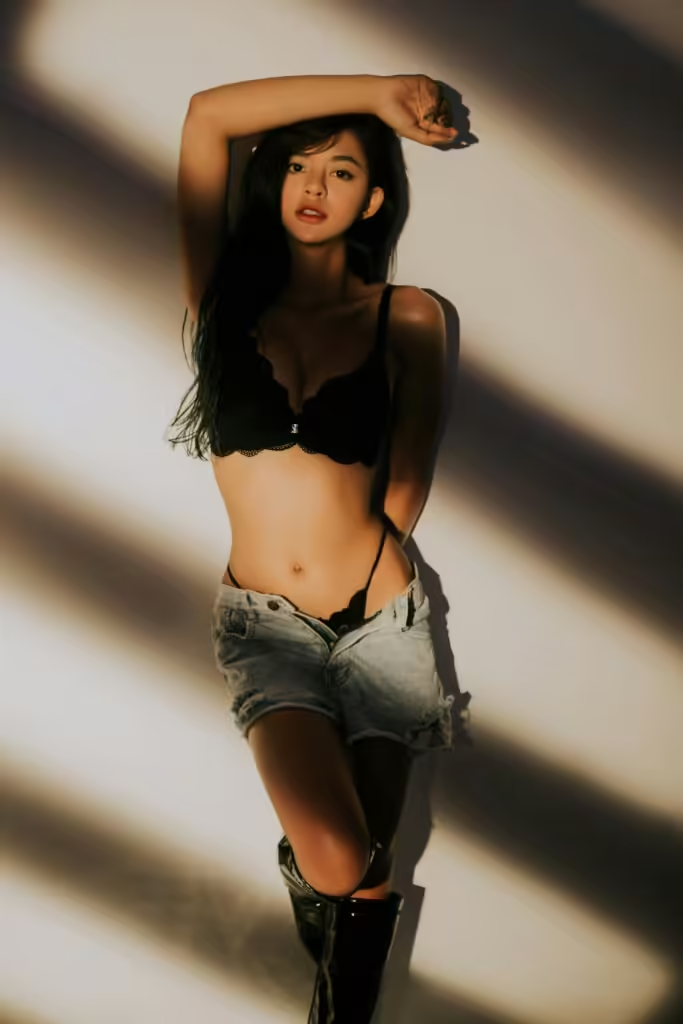
Recent Fashion Shows
Recent fashion shows have showcased these trends vividly. For instance, the 2023 Spring Collection by Versace featured a range of bold slip dresses and intricate cutout pieces, reflecting the brand’s signature provocative yet sophisticated aesthetic. Similarly, Balmain’s latest collection played with sheer fabrics and intricate lace, crafting designs that are both daring and elegant.
These elements collectively shape the landscape of sexy fashion today, where the emphasis is not merely on revealing the body but on highlighting its beauty through thoughtful design and quality materials. By focusing on tasteful allure and sophisticated execution, modern designers continue to redefine what it means to create fashion that is undeniably sexy yet far from kitsch.
Achieving a balance between sexy and kitsch in fashion requires careful attention to several key elements. Firstly, the choice of clothing pieces is fundamental. Opt for items that accentuate your best features while maintaining a sense of sophistication. For instance, a well-fitted blazer paired with tailored trousers or an elegant pencil skirt can exude confidence without crossing into kitsch territory.
Accessories play a crucial role in fine-tuning your outfit. Select understated, classy pieces that complement rather than overwhelm your ensemble. A delicate necklace, a chic bracelet, or a pair of elegant earrings can add a touch of glamour without being overly flashy. When it comes to footwear, high-heeled shoes can elongate the legs and elevate the overall look. However, ensure that they are not overtly embellished, which could detract from a sophisticated appearance.
Fit and proportions are other critical aspects to consider. Well-fitting clothes create a polished look and help avoid the pitfalls of trying too hard. Clothes that are too tight or too loose can appear unflattering. Pay attention to proportions; a body-hugging dress should be balanced with a more modest neckline or hemline, whereas a shorter skirt might pair best with a looser, but still form-fitting top.
Color schemes can significantly impact whether an outfit appears sexy or kitsch. Neutral tones and classic colors such as black, white, and red often convey a more sophisticated allure. Bold patterns and overly vibrant hues can sometimes misfire, so use them sparingly to avoid a garish appearance.
Different body types necessitate distinct considerations. For an hourglass figure, cinched waists and bodycon dresses can highlight natural curves. Pear-shaped individuals may benefit from A-line skirts that accentuate the waist and balance proportions. For those with an athletic build, structured pieces can add curves and depth. Whatever your body type, select pieces that bring out your confidence and comfort.
Lastly, the context in which you dress cannot be overlooked. A cocktail party calls for a different ensemble compared to a daytime outing. Context-appropriate dressing ensures that your sexy fashion remains sophisticated and tasteful.
Celebrity Influence on Sexy Fashion
In the realm of fashion, celebrities wield an extraordinary influence, a fact particularly evident in the domain of sexy fashion. These high-profile figures often set the trend for what’s deemed attractive and tasteful, balancing allure and sophistication with ease. Red carpet events and movie premieres serve as prime stages where celebrities showcase their sartorial choices, an arena where boldness can either be celebrated or scrutinized.
Iconic figures such as Angelina Jolie, Beyoncé, and Jennifer Lopez have consistently captured the spotlight with their impeccable style. Their fashion choices often embody a perfect blend of sexy and classy. For instance, Angelina Jolie’s leg-baring Atelier Versace gown at the Oscars exuded a sense of seduction without crossing into kitsch. Beyoncé’s sheer, embellished dresses by Givenchy and Elie Saab have similarly managed to strike a balance between revealing and refined.
Contrary to the heavily curated and often extravagant ensembles seen on the red carpet, everyday street style offers a more casual glimpse into the fashion sensibilities of celebrities. Influencers like Kendall Jenner and Rihanna often embrace sexy fashion through understated yet impactful street styles. Kendall Jenner’s choice of high-waisted jeans paired with a simple yet form-fitting crop top represents a more accessible, yet alluring approach to sexy fashion. Rihanna, known for pushing the boundaries, manages to stay elegant through carefully chosen silhouettes and well-constructed pieces, avoiding the trap of looking overdone.
The key to avoiding kitsch lies in the details – tailoring, fabric choice, and an understanding of one’s body type. Celebrities who master these elements maintain a sense of elegance even when opting for sexier pieces. Their influence extends beyond the red carpet into mainstream fashion, setting a standard for how sexy fashion can be both captivating and sophisticated. Through their public appearances and daily choices, celebrities continue to shape and refine the landscape of sexy fashion, demonstrating how allure and tastefulness can coexist seamlessly.

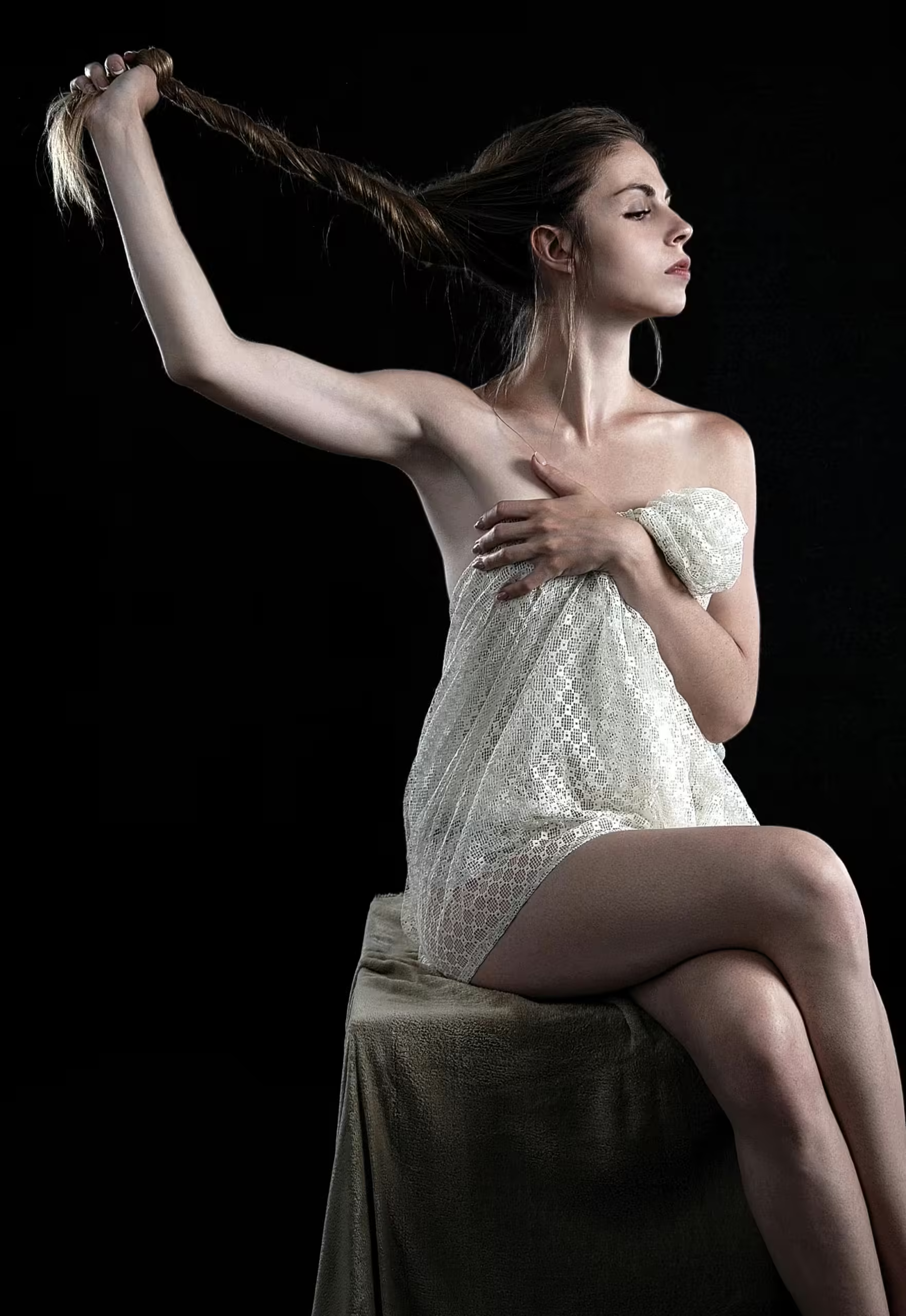
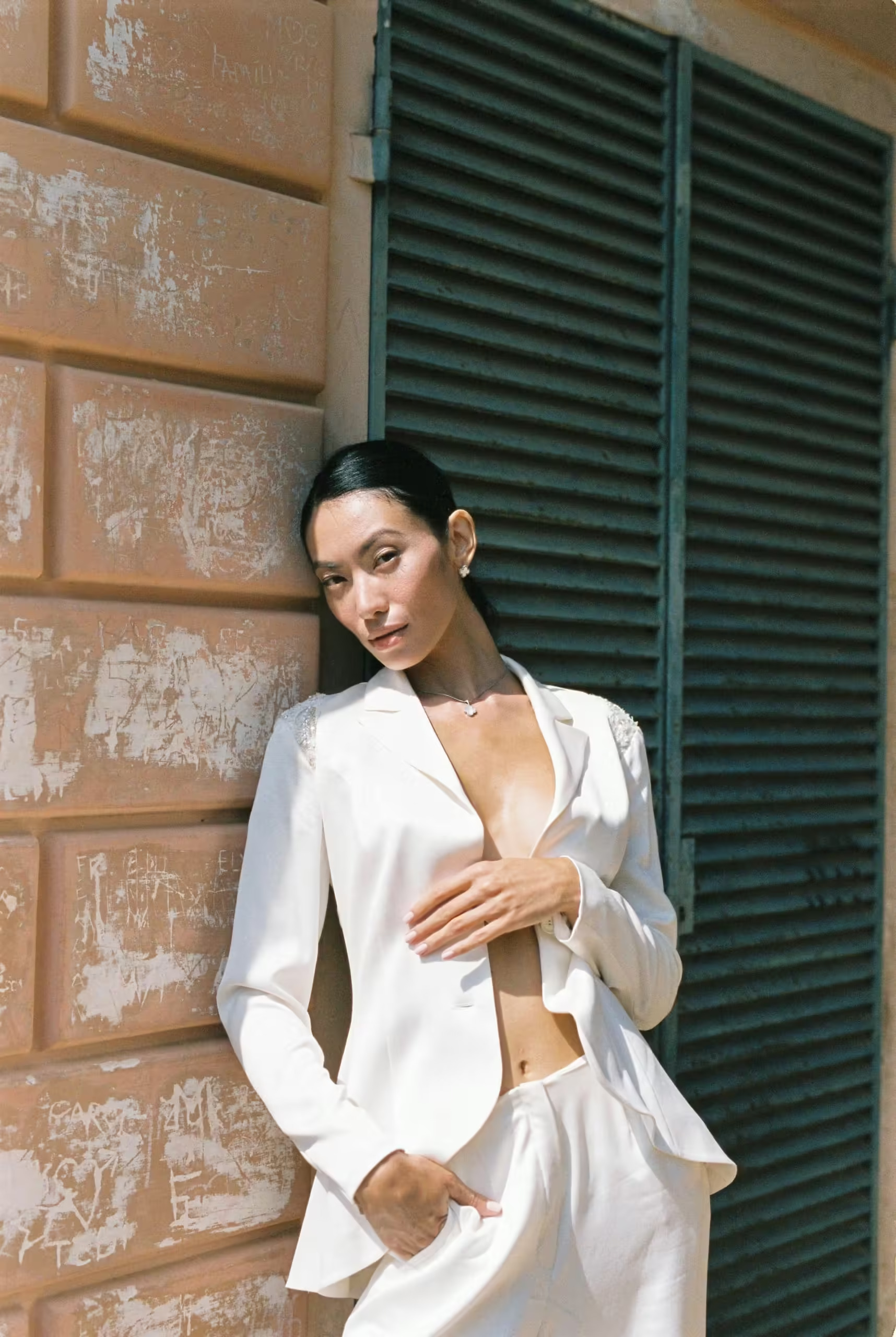
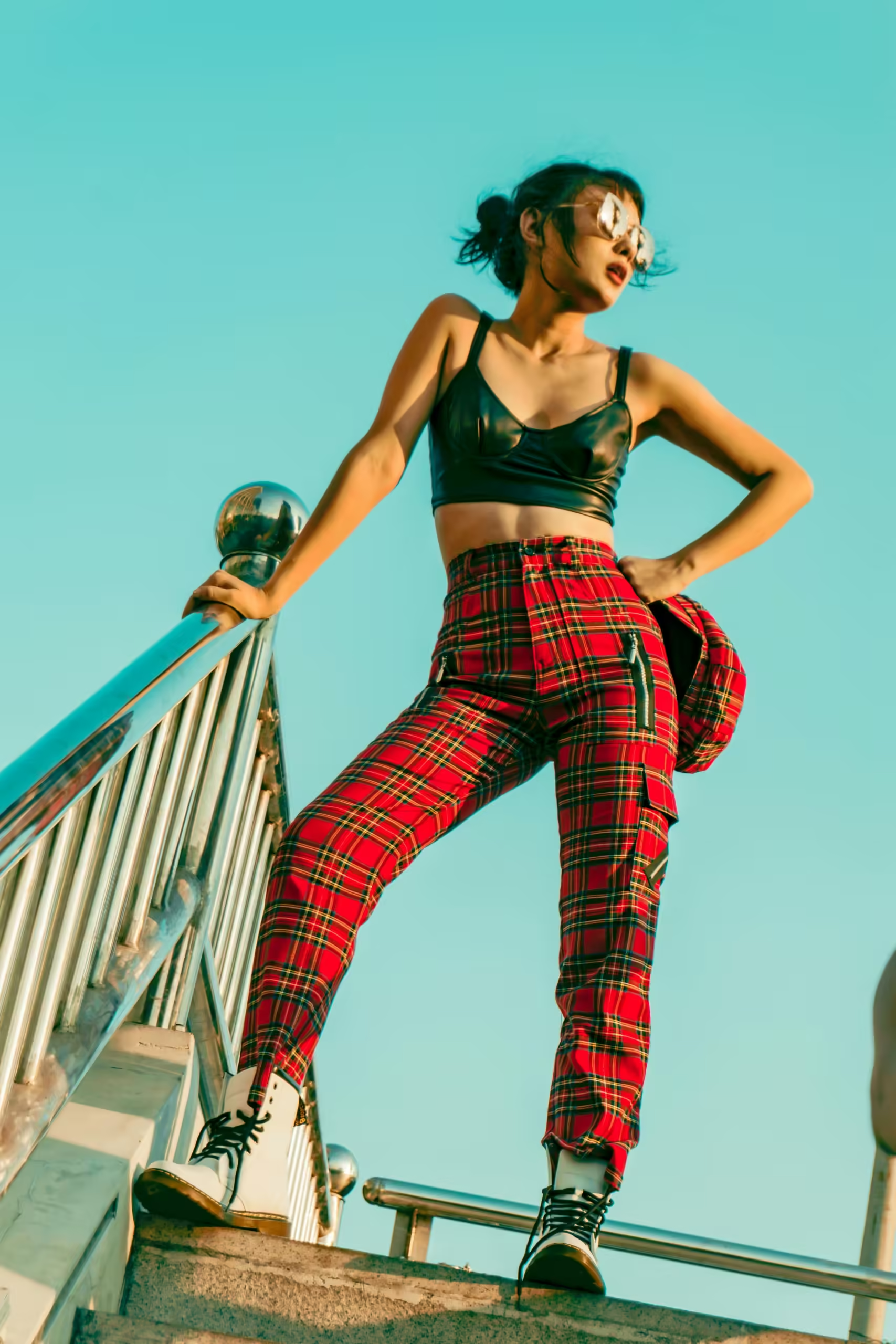

Sustainable Sexy Fashion
In recent years, sustainable fashion has gained substantial traction, seamlessly merging attractiveness with ethical considerations. The intersection of sexy fashion and sustainability focuses on utilizing eco-friendly fabrics and ethical manufacturing practices to create alluring yet responsible attire. This movement underscores the importance of not only how fashion makes us look and feel but also the impact it has on our environment and society.
Eco-friendly fabrics play a pivotal role in sustainable sexy fashion. Materials such as organic cotton, bamboo, and Tencel are not only gentle on the skin but also have a reduced environmental footprint. Organic cotton, for instance, is grown without harmful pesticides, which safeguards both the ecosystem and the workers. Bamboo fabric is another sustainable alternative, known for its softness and breathability, making it perfect for intimate wear. Tencel, derived from wood pulp, is renowned for its smooth texture and biodegradability, ensuring that the fashion remains comfortable and ecologically sound.
Ethical manufacturing practices are equally crucial in the realm of sustainable sexy fashion. Brands that prioritize fair trade, safe working conditions, and transparent supply chains provide a stark contrast to the fast fashion industry. These companies ensure that their workers are treated fairly and paid adequately, fostering a more humane approach to fashion production. Ethical manufacturing not only enhances the brand’s reputation but also garners consumer trust and loyalty.
Innovative brands are leading the charge in this sustainable revolution. Labels such as Reformation, Stella McCartney, and Amour Vert have demonstrated that stylish yet eco-friendly fashion is attainable. Reformation, for instance, incorporates recycled materials into their clothing line, while Stella McCartney offers luxury fashion free of animal cruelty. Amour Vert emphasizes low-impact dyes and sustainable fibers, consistently producing garments that are both chic and environmentally responsible.
Consumers can take several steps to make more sustainable fashion choices while maintaining a sexy look. Prioritizing quality over quantity ensures a longer lifespan for each piece, reducing the need for frequent replacements. Opting for versatile and timeless styles can enhance one’s wardrobe without excessive consumption. Additionally, supporting brands that uphold sustainable practices can drive the industry toward a greener future. By making informed choices, one can effortlessly embody the essence of sexy fashion, all while championing sustainability.
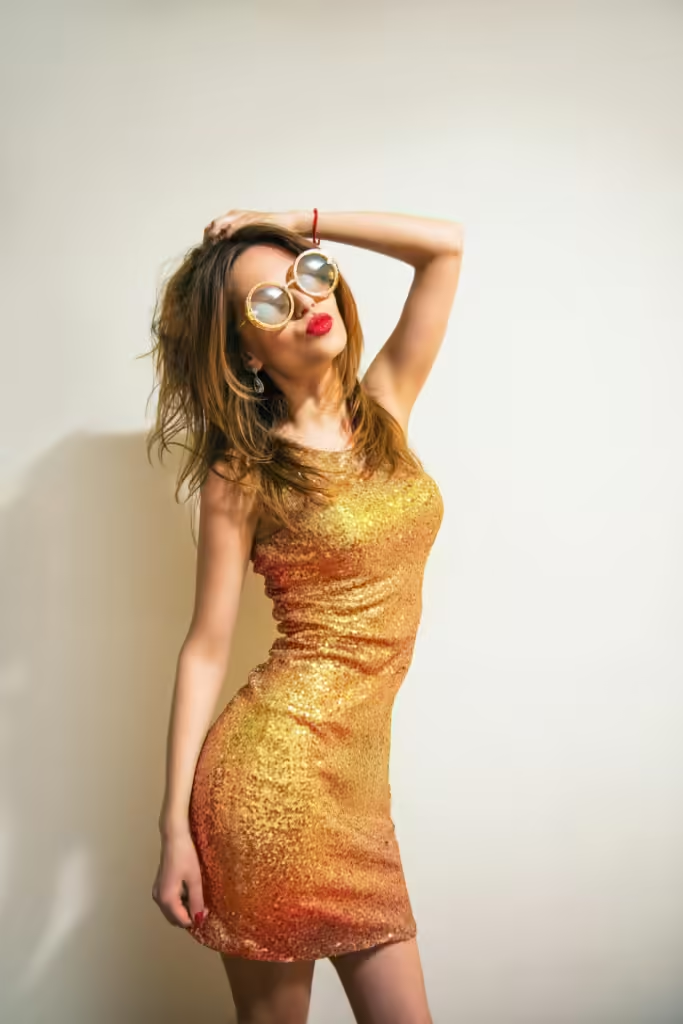
Share this content:



